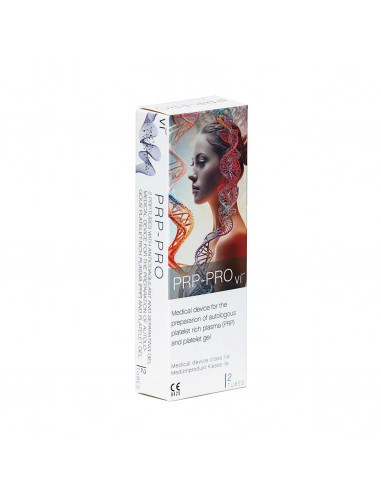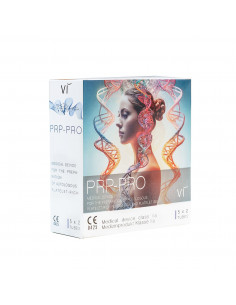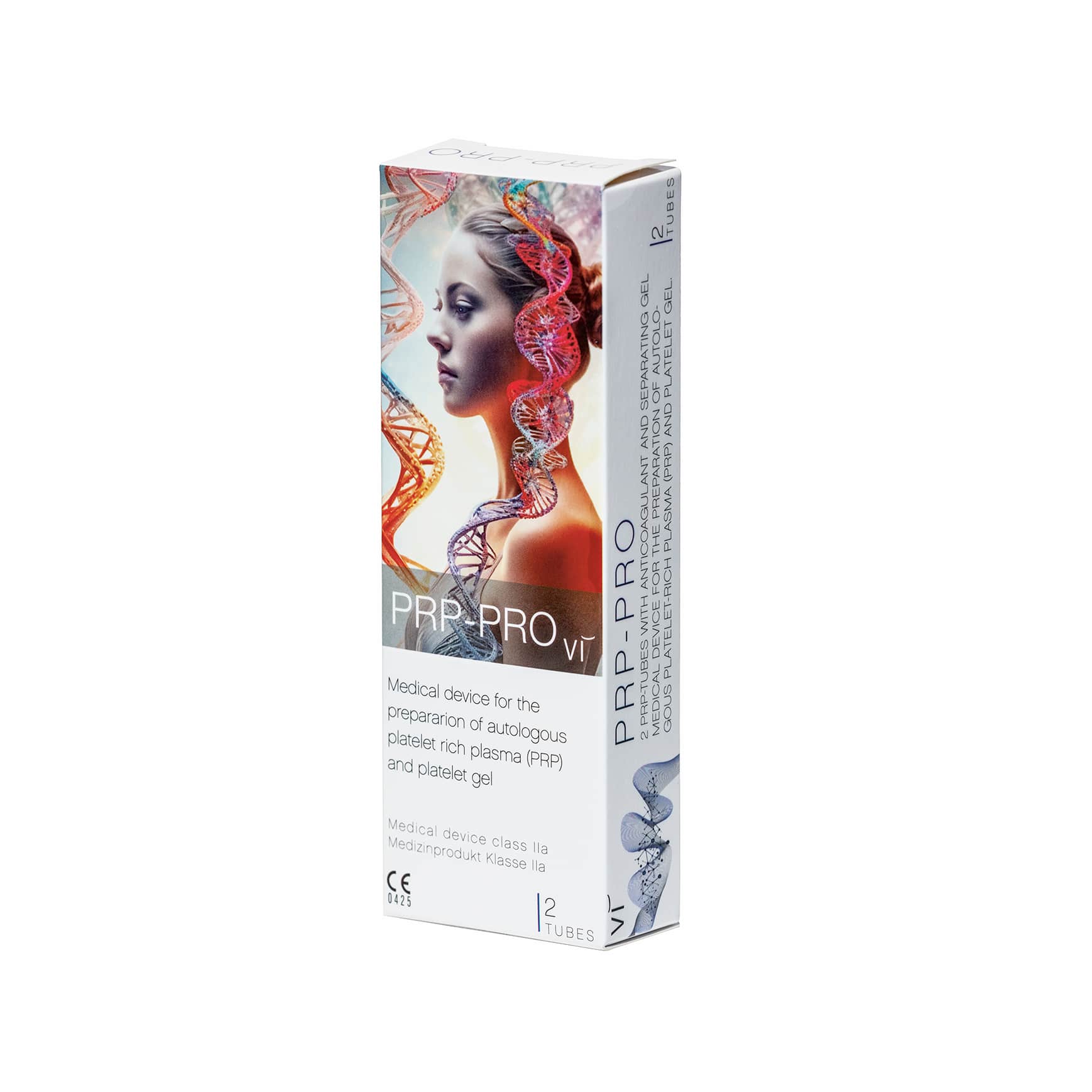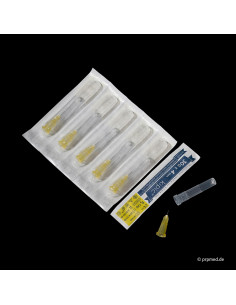The medical device PRP should only be used by experienced personnel under certain conditions. PRP should be used with particular caution in the case of acute or chronic infections at the application site, uncontrolled metabolic diseases such as
- Diabetes,
- Osteomalacia,
- Thyroid dysfunction,
- severe kidney or liver problems,
- Long-term therapy with cortisone,
- Autoimmune diseases or radiotherapy
should not be used.
Patients with congenital or acquired functional platelet defects may produce fewer growth factors.
Platelet gel should not be used if malignant degeneration is suspected. To ensure tissue regeneration, the PRP must be introduced only into vital tissue and in direct contact with the tissue (if necessary, by making micro-openings on the tissue surface).
By following these instructions, the medical device PRP can be produced with a platelet concentration 4-5 times higher than in the original blood sample (1 x 106 platelets/microliter ± 20%). The growth factors and chemotactic mediators from the platelets are mainly released passively (i.e. without platelet activation). Therefore, platelet gel can be prepared from blood of patients taking oral anticoagulants, heparin, calcium heparin, platelet aggregation inhibitors or cyclooxygenase inhibitors.
Part of the release of growth factors may depend on the activation level of platelets. Therefore, it is recommended to wait for a delay in the release of growth factors if the patient is taking cyclooxygenase inhibitors or anti-adhesion platelets.

















